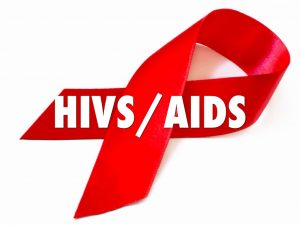
Salmonella typhi bacteria or Salmonella paratyphi bacteria is the agent behind typhoid fever. A human carrier deposits the bacteria in food or water and gradually spreads it to other individuals. Early 1900s marked the decrease of typhoid fever in the western world, especially in United States. Environmental sanitation has to be good to prevent spread of typhoid.
The bacteria are able to survive in dried sewage or water for weeks together. If a person suffers from acute typhoid, he or she could become a carrier of the bacteria. At times there are no symptoms for a long term and these infected people could become a major source for new typhoid fever outbreaks. Others may suffer mild typhoid illness.
The bacteria invades the small intestine, gall bladder, the bowel’s lymphatic tissue and biliary system. Later it can spread to the blood cells, the bone marrow, spleen and liver. Blood and stool samples are taken to diagnose typhoid fever. Once the person is infected with the bacteria, the incubation period is 1-2 weeks usually. Symptoms include generalized pains and aches, diarrhea, headaches, lethargy, poor appetite and high fever. Duration of the illness is 3-4 weeks, generally.
Antibiotics are administered to kill the Salmonella bacteria in typhoid fever. In the past before antibiotics were used, rate of fatality was 80%. Patients suffering from typhoid lost their lives due to overwhelming perforation in intestines, bleeding in intestines, pneumonia or infection. However a reduction 98% in mortality rate is now seen with proper supportive care and administering antibiotics.
If antibiotic therapy is appropriate, significant improvement is seen in 1-2 days and the person recovers with 7-10 days. Prolonged antibiotics are administered in the person is chronically ill. As part of treatment the site of chronic infection or gall bladder provides cure. Vaccines too are now available for people travelling to areas having high risk of typhoid.








